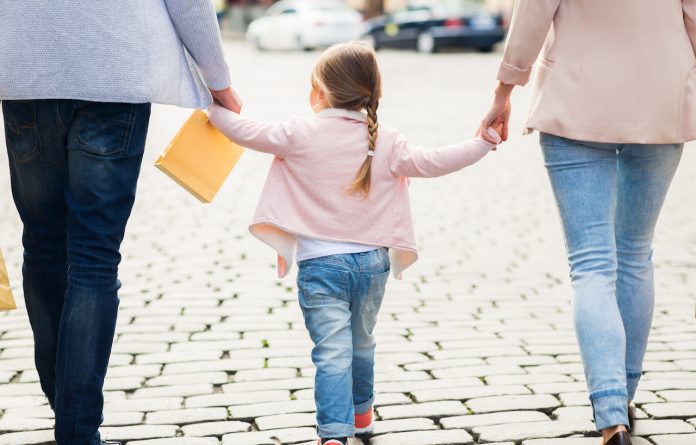According to the Canadian census, 3.8% of the country’s population is Aboriginal. Despite being a small percentage of Canada’s population, Aboriginal people are overrepresented in the justice and child welfare systems. It is estimated that 27,000 Aboriginal children are in the public foster care system, with the majority being in Ontario.
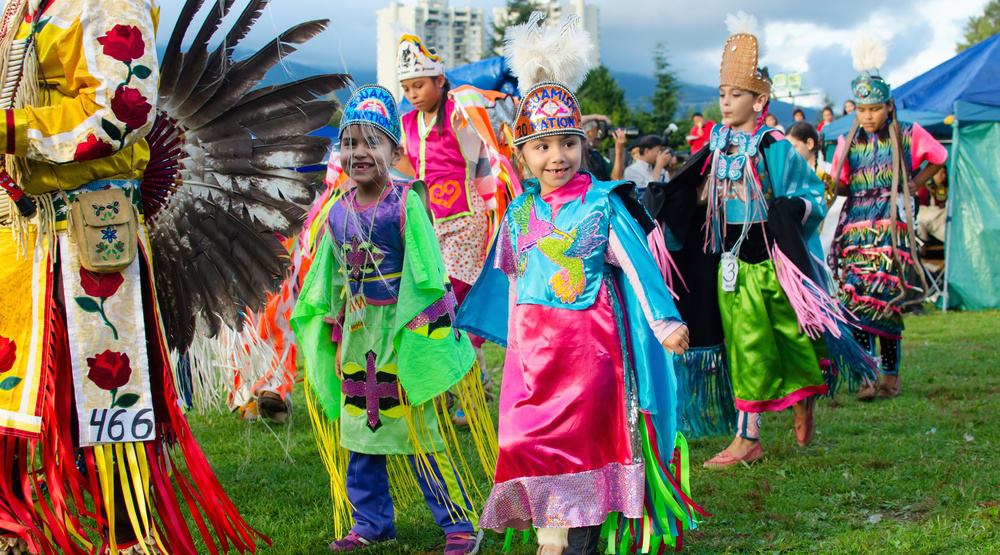
As poverty and substance abuse are major issues for many of Ontario’s Native communities, many children are in need of permanent care if birthparents are not able to provide safe, nurturing and stable home environments.
By understanding the process for adopting an Aboriginal child and the importance of preserving the child’s heritage, adoptive parents lay the foundation for raising a child who is proud of her Native background.
Adopting a Native Child in Ontario
Since the “baby scoop” era of the 1960s, adoption was one of the first options considered for Native Children whose birthparents were unable to care for them.
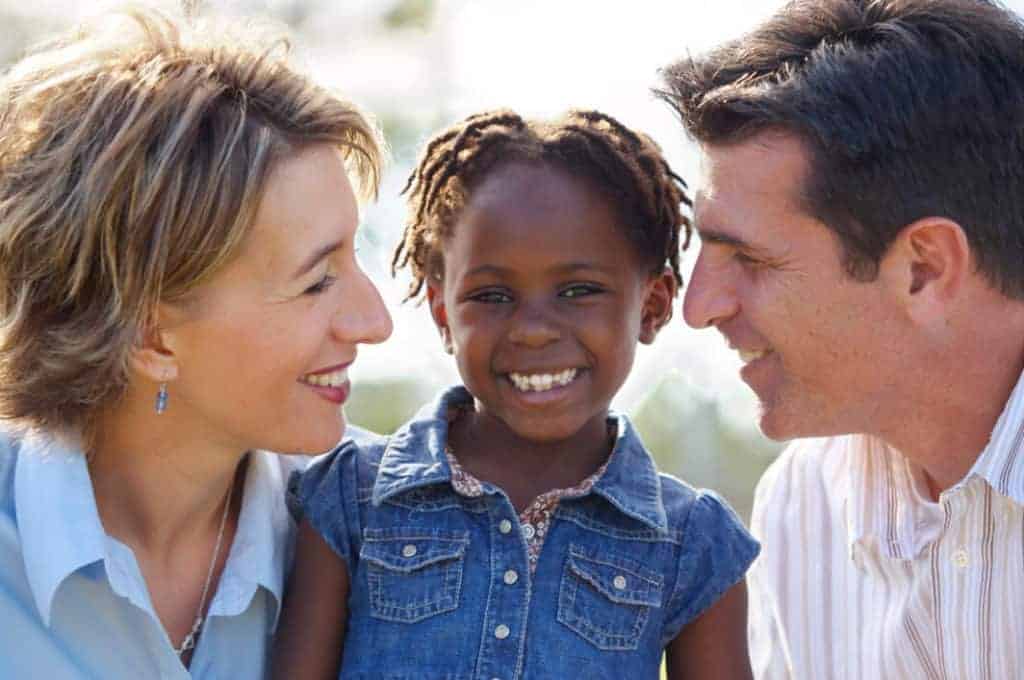
Now more efforts are made to ensure the child is connected to her Native heritage through either kinship or customary care arrangements.
When temporary foster care, kinship care or customary care are not options for a child, Children’s Aid Societies (CAS) look for potential adoptive Native families living off the reservation or as a last resort, non-Aboriginal homes.
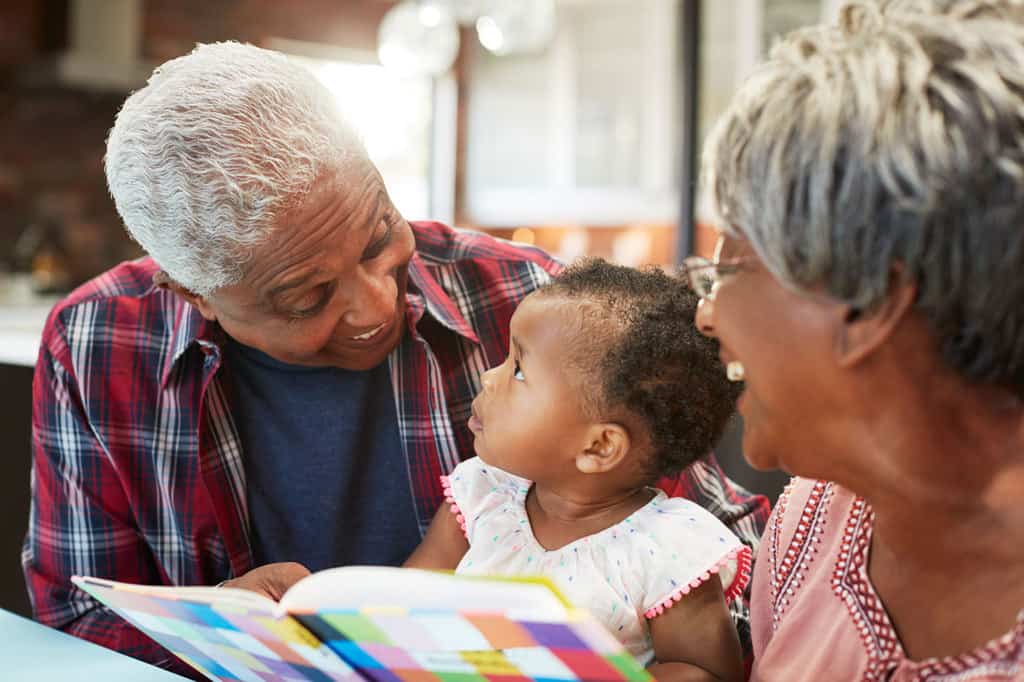
Organizations such as Native Child and Family Services of Toronto, aim to keep the child’s Aboriginal heritage a main focus of the child’s permanent plan by only considering Native families for children in care.
The Involvement of a Child’s Native Band in Adoption Placements
Most Aboriginal children in Ontario are connected to a Native band. Ideally, the child’s Native band would be involved from the very beginning in permanency planning for the child and have input on the choice of the child’s adoptive home. Native bands help support customary care arrangements on reservations and are also involved in off-reservation adoptions of Aboriginal children.
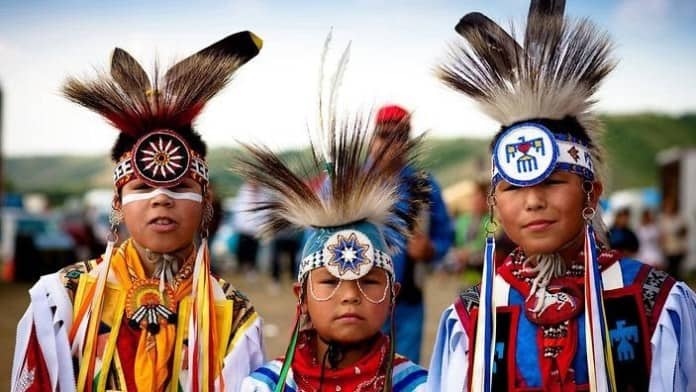
Even if a child is being adopted by a non-Aboriginal family, the child’s Native band needs to be consulted. At the present time, once an adoptive family is chosen, the CAS informs the child’s Native band of the placement and the band has 60 days to respond and offer alternate arrangements. Once the 60 days has passed, the child can be legally placed with the adoptive family.
- What Is Aromatherapy Vs. What Are Essential Oils?
- What is La Tomatina in Bunol, Spain Like? What to Expect at the Famous Tomato Throwing Festival
Preserving Native Traditions and Culture for an Adopted Aboriginal Child
Much like international adoption, adopting a Native child means the adoptive family needs to integrate the child’s heritage into their life.
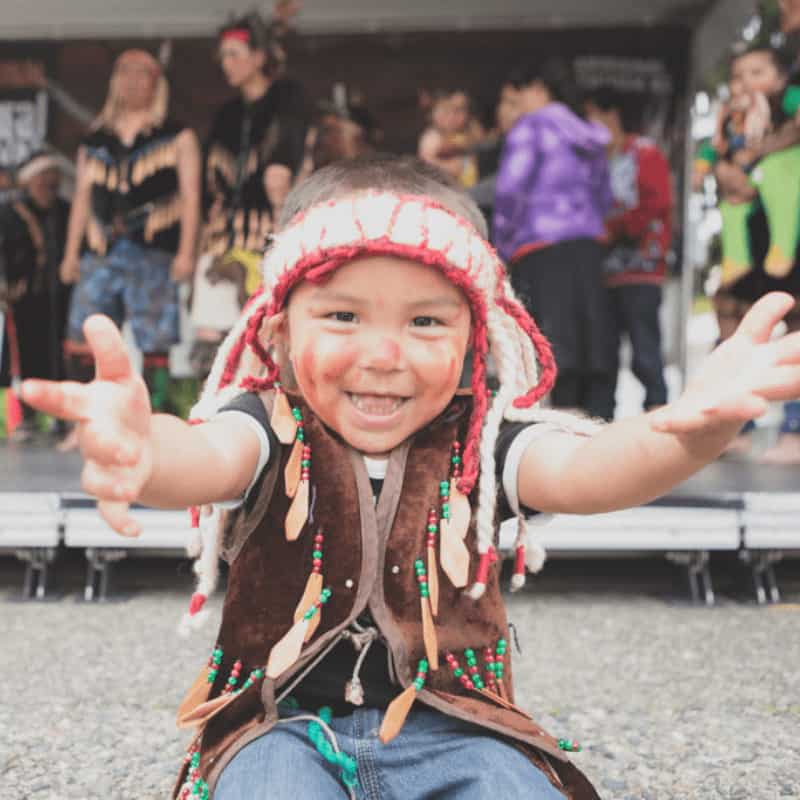
Families adopting Native children should:
- Attend pow-wows and Native cultural festivals such as the Canadian Aboriginal Festival.
- Learn traditions such as smudging and implement them into daily life.
- Include Native artwork by Canadian artists such as Roy Henry Vickers in the family home.
- Read children’s books by Canadian Aboriginal authors such as David Bouchard.
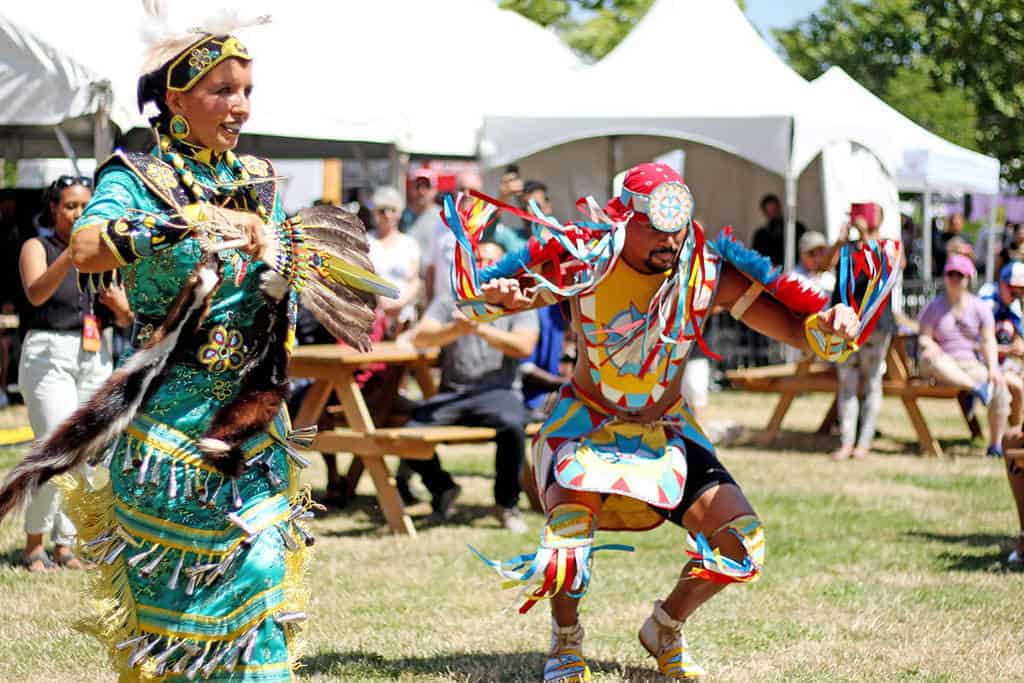
- Listen to Aboriginal music and watch Native television stations.
- Learn Native words and encourage the child to take Native languages through the Ontario education system.
- Be an advocate for providing Canadian Aboriginal resources in the child’s classroom.
- Seek an elder to teach the child Native traditions.
- Participate in a culture camp or program hosted by a reservation.
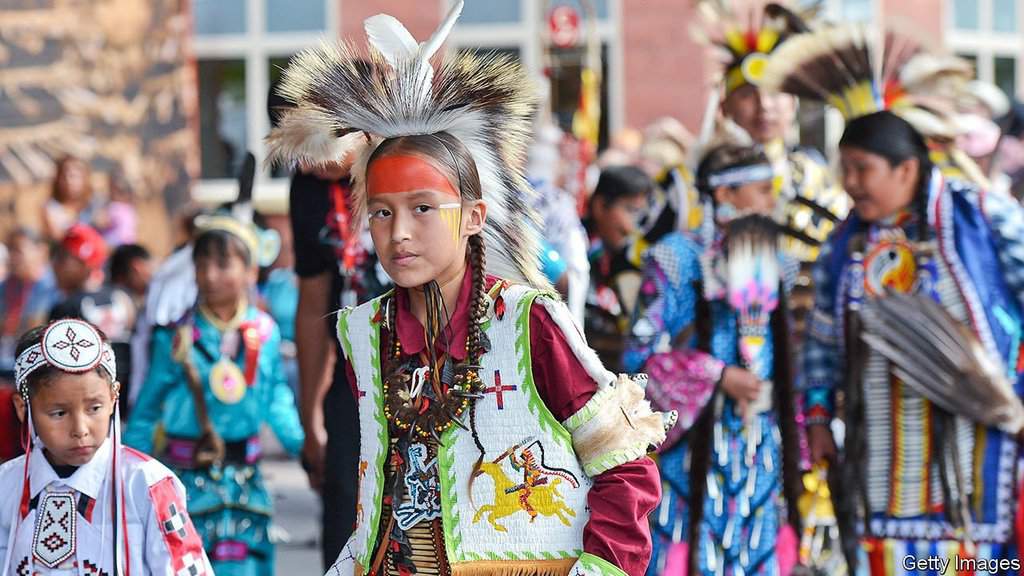
The Native band can also be a source of information and connections for the child to help preserve the child’s heritage once an adoption placement has been finalized.
By understanding how important it is for Native children to be adopted by families who understand their heritage, adoptive parents can appreciate the need for extra steps in the adoption process.


